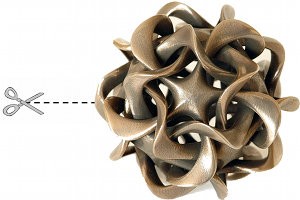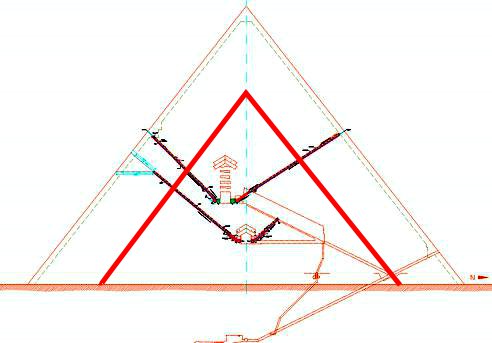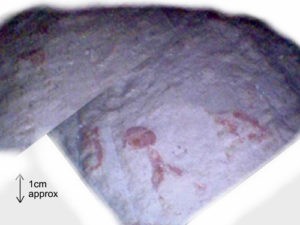The relatively low level of interest in the Voynich Manuscript in Italy has long puzzled me, when to my eyes (and plenty of other people’s eyes too), it looks to be an artefact grounded in some obscure byway of Italian Quattrocento culture. Perhaps they’re just too busy worrying about the economy or where they’ll find a Prime Ministerial ego extraordinary enough to replace Berlusconi’s to really be that bothered about the Voynich’s centenary this year?
Anyway, I’ve just had a nice email from Anna Castriota telling me about a new Italian Voynich novel she recently stumbled upon by the name of “I Custodi Della Pergamena Proibita” (The Keeper of the Forbidden Parchment), allegedly written by a priest pseudonymously calling himself Aldo Gritti.
As is grimly conventional for this kind of thing, Gritti’s grittily gritty story kicks off with three near-simultaneous murders in Florence, London and New Haven, where (surprise, surprise) “the victims were about to reveal to the world the true, shocking content of the dark Voynich manuscript, which for a century had resisted every attempt to interpret it. But [Inspector Elda Novelli] will be able to decrypt it by following the tracks left by the three dead researchers“.
Apparently Gritti’s story features not only the Titanic and the secrets behind several notable deaths of the early 20th century, but also the final revelation of the Voynich’s real-life secrets, hidden there by, dan dan daaah, Wilfrid Voynich himself. [SFX: Rizzoli’s PR people chortling into their hands] *sigh*
Well… if Gritti’s tiramisu of tragedy didn’t tweak your tarpaulins tighter, here’s another one to curdle your Kindle. “Voynich: Il Segreto Del Barabba (il più grande segreto su Gesù)” by Barbara Cesa wraps a Voynich Manuscript story around a three-chord eternal-guardians-of-the-heretical-secret Barabbas-twin-brother-of-Jesus murderous-conspiracy-brotherhood plot. You can also buy the first ten chapters for 0.92 euros (it says here), though doubtless you’ll then be so eager for The Big Plot Twist at the end that you’ll gladly pay the balance to Find Out What Happens At The End.
Regular Cipher Mysteries readers will already know how I feel: that there’s a corner of my soul that seems to die a little whenever I read yet another dismal Voynich novel plot summary, as if I’m using up one of my spare Chrestomanci lives. One day, though, I’m sure I’ll read a truly great Voynich novel, that will make all this treacle-swimming retrospectively worthwhile…
I can dream, can’t I? 🙂





